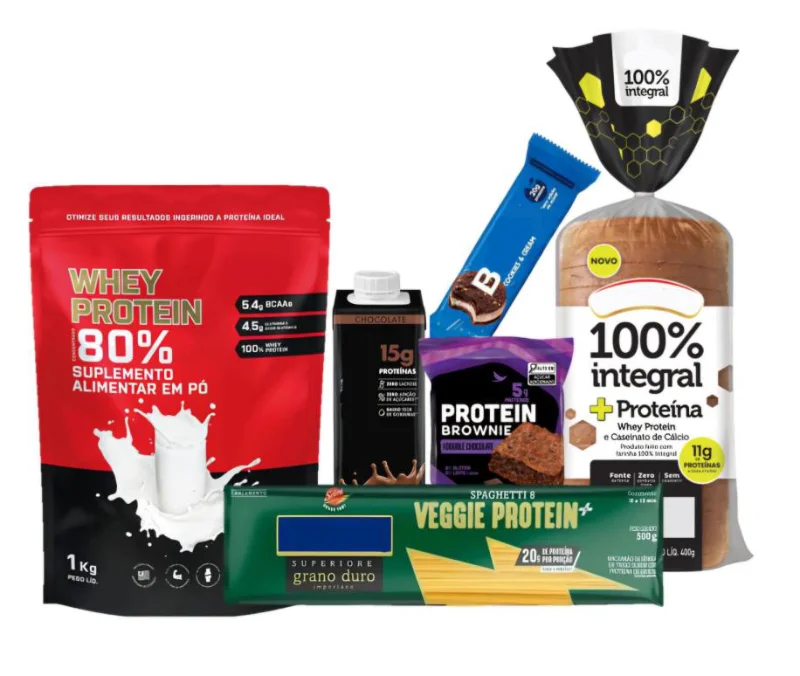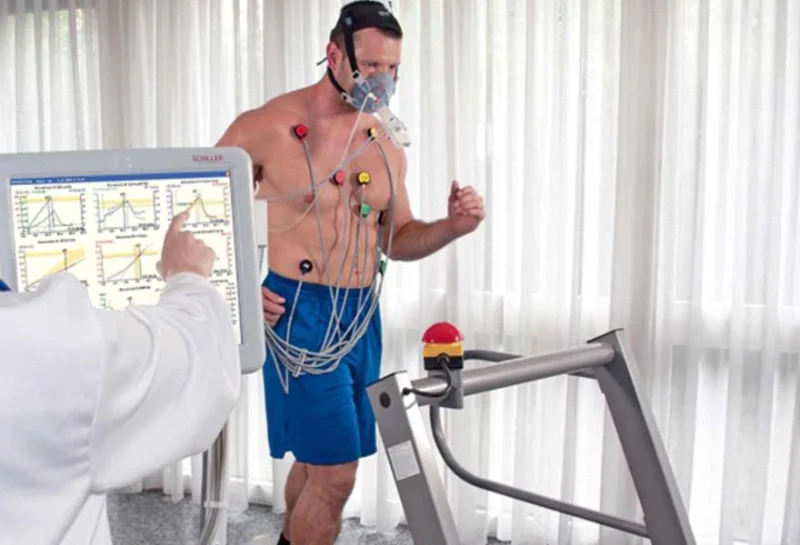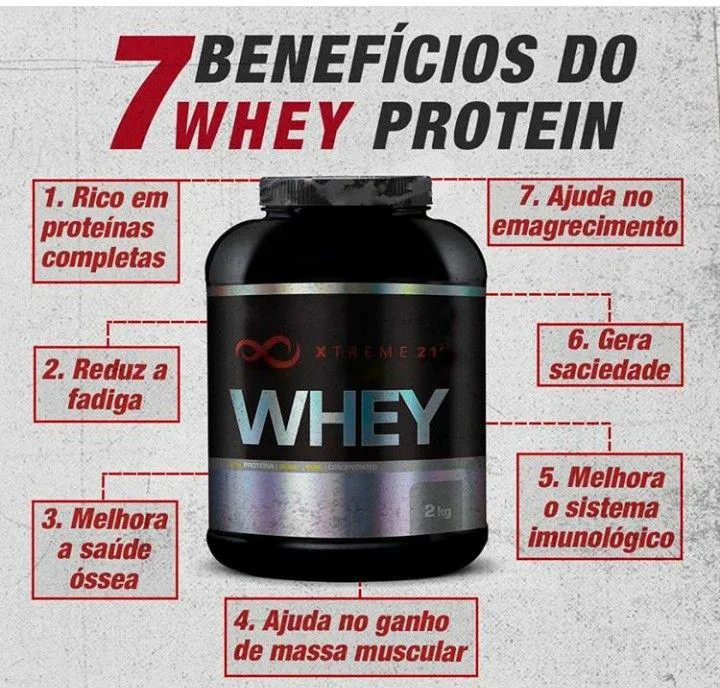You’ve probably noticed that supermarket shelves are increasingly filled with products labeled as “protein-rich”, “with added protein”, or simply “high-protein”. Not to mention the flood of recipes circulating on social media using whey protein and other protein sources to create protein versions of traditional dishes.
But do we really need that much protein? And why is there so much focus on it?

To understand the reason behind this focus on protein, we must first consider today’s sociocultural context. We live in what many sociological and philosophical perspectives describe as a productivity-driven model, in which we are recognized, valued, and defined by our ability to produce. This reduces the human body to a sort of “machine”, where food serves as fuel or a means to achieve a goal or increase productivity. This is easily seen when someone complains about something, and the suggested solution is a particular food or diet.

Which brings us to the second point: the importance of protein for the body. This topic has been studied for decades — whey protein, for instance, has been researched since the 1970s. Due to the various functions proteins serve in body structures, enzymes, transport systems, the immune system, and more, they have sparked significant interest in health research, leading to major advances in treatments, diagnoses, and prognoses — which also drove the industry to invest in the development of new products.
These studies also highlighted the applications and dietary manipulation of proteins for athletes in various sports, resulting in significant findings in areas such as recovery, immune function, injury prevention, and physical performance. The industry, in turn, amplified this use by creating products that made access and application easier in daily routines, training, and competitions — further increasing both demand and popularity.

Now we come to the connection between all the points discussed. As mentioned earlier, the valuation of our ability to keep producing, along with our display of potential and accomplishments, places us in parallel with athletes. There is a growing number of enthusiasts of sports like running, cycling, bodybuilding, CrossFit, among others. Within this rise in active individuals, we also see a shared pursuit of excellence, reflected in a growing market of high-performance products, gear, and competitions aimed at the public — and met with strong demand. As a result, many supplements once reserved for athletes have gained widespread attention. Boosted by social media, the internet, and supplement industry marketing, these products have taken on an almost essential role in achieving performance goals.

And it doesn’t stop there. With increasing demands for productivity and more dedication to work and results, routine activities like cooking and housekeeping have been pushed aside. This has led people to seek more convenience in their routines — or to neglect those areas altogether. In this context, where performance is expected and health is a growing concern, the market saw an opportunity to promote the use of protein isolates, vitamins, shakes, protein-enriched pasta, yogurts, breads, and more. To meet the demand for convenience and health awareness — without disrupting daily life — these products have become even more integrated into our routines.

So, to answer the question posed at the beginning: Do we really need that much protein?
And the answer is no.
Health studies show that 0.8g to 1g of protein per kilogram of body weight per day is enough for the vast majority of people. For those who exercise, the amount may increase slightly to around 1.2g to 1.5g per kilogram. For high-performance athletes or specific dietary strategies, it may go as high as 3.5g per kilogram. For instance, an adult weighing 70kg who exercises regularly would need 105g of protein per day. This amount should be spread throughout the day — with a standard lunch and dinner easily providing about 35g of protein each. The remaining 30g could be spread across other meals, such as yogurt with nuts and a cheese sandwich — enough to meet the goal.

Therefore, while protein supplements and fortified foods may be helpful in simplifying and speeding up meals, they are not essential. Moreover, many of these products are marketed as promoting health and performance but actually contain less protein than a full meal, more calories, and are loaded with saturated and trans fats, flavorings, preservatives, and sweeteners — which contradict their “healthy” image. It’s also worth remembering that excess protein will be stored as fat and partially eliminated through waste. In some cases, overconsumption can even lead to health issues.

That’s why having the support of a registered nutritionist to calculate your ideal protein intake, properly distribute it throughout the day, choose the best protein sources, and plan your supplement use is key. It will help you avoid wasting money — especially since we know whey protein keeps getting more expensive — and most importantly, it will help protect your health and improve your results. This kind of care is even more crucial for those who practice adventure sports, where proper nutrition directly impacts performance, recovery, and the ability to take on new challenges.
This post is also available in: Português (Portuguese (Brazil)) Español (Spanish)
